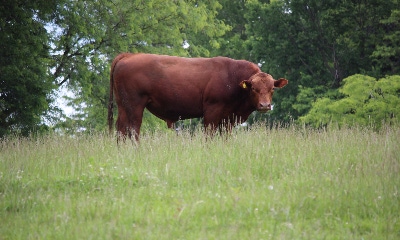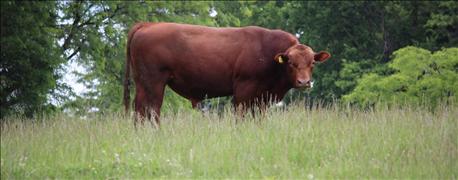
Late season rains promoted pasture growth in many Missouri counties. Now is the time farmers should be stockpiling fescue to use in winter.
With stockpiling, the tall fescue growth that accumulates during the latter part of August, September, October, and early November can be saved and fed to animals during December, January, February, and possibly into March.
"Even late into the winter, this stockpiled forage will be of higher quality than the hay that was cut in June and July," says Ben Polley, an agronomy graduate student with University of Missouri Extension in a recent news release.
He offers three easy steps to build your pasture stockpile to extend grazing into the winter months.

TIME TO STOCKPILE: Late season rains have given a boost to Missouri pastures. Here is how to grow more grass and extend the life of your pastures.
1. Cut the blades. In August, cut or graze fields that are going to be stockpiled to about three to four inches.
2. Fertilize the pasture. In mid- to late-August, fertilize appropriately. Fertilizing too soon feeds summer annual weeds and fertilizing to late limits the amount of growth that can be achieved before frost. "For fertility, remember if the hay was cut off a field, significant levels of nutrients were also removed," Polley says. He recommends applying around 40 pounds per acre of nitrogen for toxic fescue fields and 65 pounds per acre for non-toxic fields," said Polley.
3. Shut the gate. Tall fescue has a waxy coating on it that protects the integrity of the leaf well into winter if, and only if, animals are not allowed to trample it.
Polley shares that hoof traffic on grass removes the wax coating. Once removed, forage quality declines.
This late-in-the-season growth is known as Missouri's secret weapon when it comes to successful cattle ranching. For producers to reap the benefits of fall tall fescue, some planning is required.
About the Author(s)
You May Also Like






